Mount Everest Base Camp is a high-altitude, remote trekking destination in the Khumbu region of Nepal. So, thoughts of using the internet during the trek are rare. But to your surprise, there’s internet in most places during the hike starting from Lukla.
We all know how important it is to have internet access during any trek to Mount Everest. Despite its convenience, it’s essential for your safety and peace of mind. Whether you are checking in with loved ones back home or accessing important weather information, having Wi-Fi or mobile data can make a big difference.
But how do you get internet while trekking to Everest Base Camp? Let me walk you through the options available on the trail.
Mobile Network Data for Everest Base Camp Trek
Mobile networks are the best and the cheapest options available to use the internet on the trail. While the network can become patchy, it still works in most places, including Lukla, Namche, Tengboche, Dingboche, and Lobuche. But at Gorakshep, the last stopover on the trek, you will still have to buy Wi-Fi from the teahouse to stay connected.
And how do you get a mobile network? All you need is a local SIM card and a recharge balance on it.
You can buy SIM cards across city centers, at stationers, and at the airport itself. There are designated company outlets in the arrival hallway of the Kathmandu airport. If you forget to get one in Kathmandu, you can still buy one at Lukla, the starting point of the trek.
A SIM card costs around NPR 100-200. You will need to submit a passport copy and a passport-sized photo to get it activated.
Each SIM card includes initial credit. Once this credit expires, you’ll need to recharge to make calls and buy internet data. Recharge cards come in various denominations, such as NRS 100, 200, and 500.
But I would suggest you buy at least 20 GB of internet data worth NPR 500-800 upfront, so you will not run into the hassle of recharging it again.
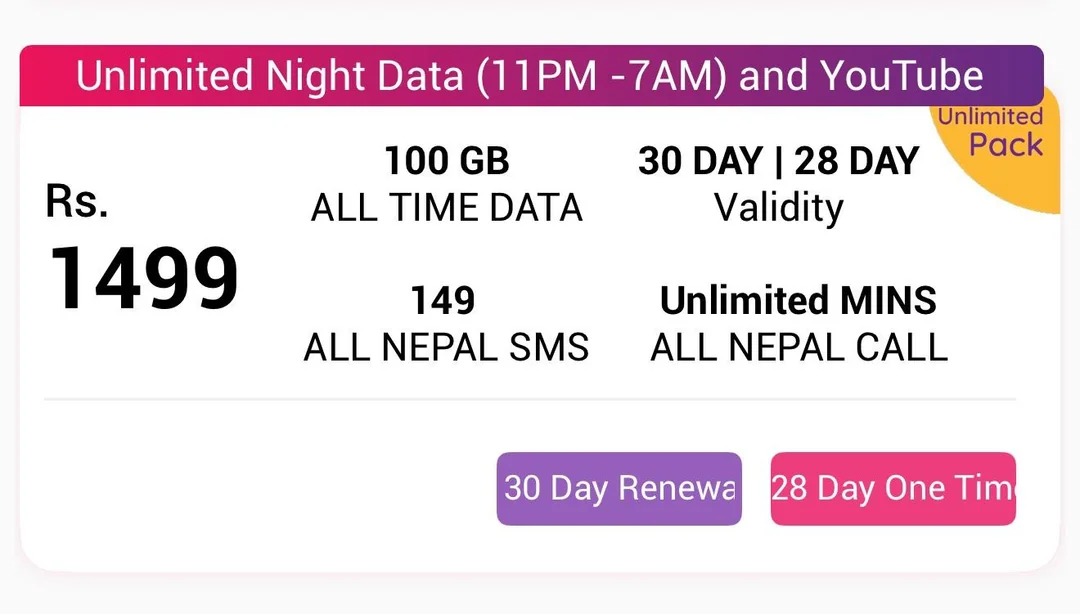
Ncell data plans
If you do not buy initial internet credits, buying an extra supply of recharge cards is advisable to avoid running out during the journey.
Which SIM card provider offers better internet connectivity on the EBC Trek?
Among the many network service providers, two are the most dominant in Nepal: Ncell and NTC.
Nepal Telecom (NTC) is a government-owned provider and the largest and oldest in Nepal. Ncell, a local subsidiary of the Swedish company TeliaSonera, is a private entity known for its diverse services and impressive market share.
Both data providers offer many prepaid and postpaid mobile plans with strong data and internet services. NTC has better coverage at the low altitudes, while Ncell has better services at the high altitudes.
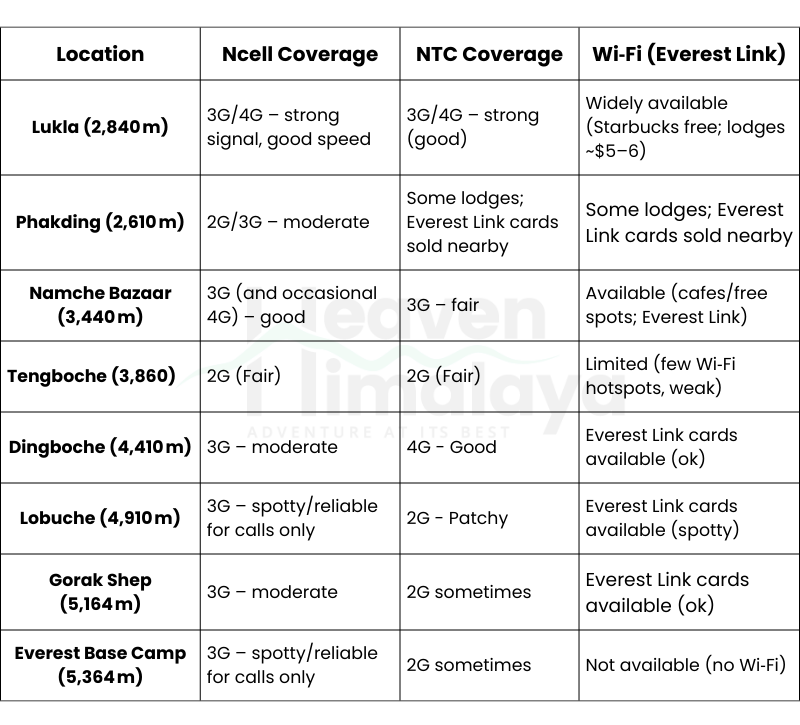
Both providers offer eSIMs if your mobile phone doesn’t support physical SIM cards. But getting a Ncell eSIM is easier.
You can also use international e-SIMs since mobile phone reception is available throughout the Everest Base Camp (EBC) trek, including the route from Lukla to EBC.
Using the Internet from International eSIM Providers
Many travelers often consider an international eSIM to avoid submitting documents and for quick setup before arrival. While eSIM activation is quicker and easier, the data plan costs are higher than those of local SIM cards.
Also, eSIMs connect to the same coverage of either Ncell or NTC. For example, Airalo’s Nepal eSIM uses Ncell’s connectivity tower. Thus, eSIM does not improve reception on the trail.
But if staying connected immediately upon landing is important for you without having to wait until you get out to fill out forms and submit passports to get a local SIM, then it’s better to have eSIMs or roaming SIMs.
Some popular eSIM providers for the EBC trek are:
- Airalo
- GigSky
- Truphone
- World Mobile
- Holafly
- Ubigi
- Nomad eSIM
International Roaming on the Everest Base Camp Trek
Most foreign SIMs will roam on two local networks, i.e., Ncell or NTC, based on your provider agreements. Thus, the connectivity is the same or even slower than local networks. High roaming prices make this option not highly recommended.
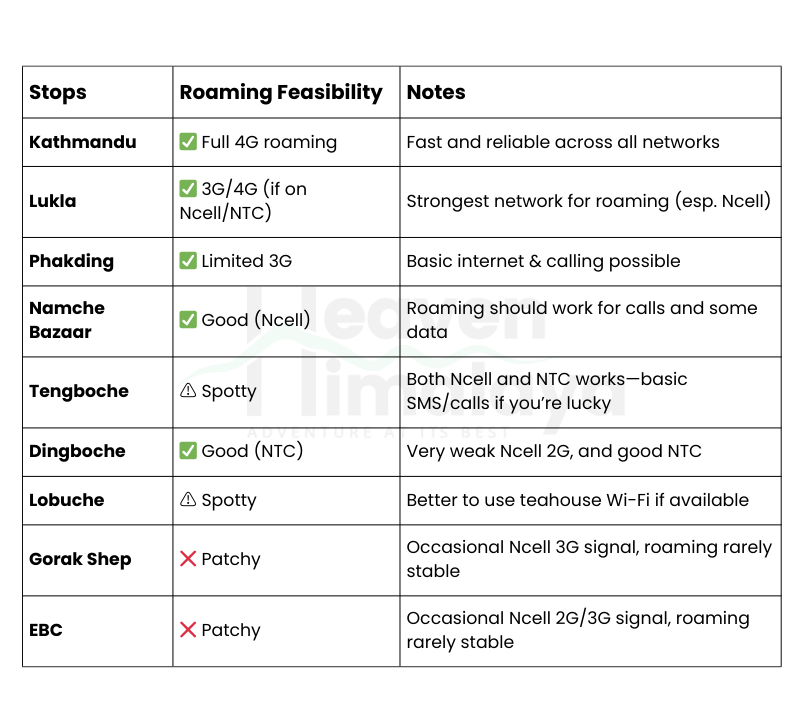
Available Wi-Fi Options on the Mount Everest Trek
Three decades ago, there was no internet service or Wi-Fi during the EBC trek. People relied solely on satellite phones for communication. However, things have improved since then. With Ncell’s introduction of 3G internet in the late 2010s, people now have internet access during the EBC trek. Still, connection problems persist in some regions because of weather conditions.
Now there are two Wi-Fi options on the Everest Base Camp Trek, i.e., Everest Link Wi-Fi cards and lodge-based Wi-Fi.
Everest Link Wi-Fi Cards
Everest Link is the primary internet service provider in the Khumbu region. It offers internet connection via prepaid cards, which you can buy at most stores and teahouses.
To use Wi-Fi across any points in the Everest Base Camp Trek Link, you need their prepaid card. The card provides a specific username and password, revealed by scratching. Ensure the card is unscratched when purchasing.

Getting started:
- STEP 1: Search for Wi-Fi on your mobile and select “Everest Link Wi-Fi” SSID
- STEP 2: When you connect to the internet, it will automatically redirect to the Wi-Fi landing page where you will enter your username and password from your Wi-Fi card. Once you type both the username and password, click submit to get connected.
Pricing: Prepaid cards cost $20 for 10 GB (valid for 30 days) and $30 for 20 GB (valid for 30 days). These are approximate costs and can change at any time.
Coverage: Everest Link is available in major settlements along the Everest Base Camp Route. They have Wi-Fi hotspots in Lukla, Phakding, Monjo, Namche Bazaar, Tengboche, Dingboche, Lobuche, Gorakshep, Kala Patthar, Pheriche, Kyanjuma, Everest Base Camp, Dole, Phortse, Machhermo, Gokyo, Thangna, and many more.
Connection Quality: Connectivity is reliable in lower altitudes, but may be slower once you are above 3800 M
Lodge-Based Wi-Fi (non-Everest Link)
Most teahouses nowadays offer their own satellite Wi-Fi. Once you reach out to the guest house, they will give you an ID and a password uniquely assigned to each device.
Pricing: US$5-10 per device
Availability: Available at each teahouse in the standard Everest Base Camp Trek itinerary.
Connection Quality: Connection speed varies widely at each lodge. As you trek to higher altitudes, Wi-Fi speed decreases significantly. And per-device cost increases.
If you are looking for places with free Wi-Fi, then the Starbucks (Lukla), Khumbu Restaurant (Namche), and Namche Bakery (Namche Bazaar) have it for their customers. While these are famous places, you will encounter a few more on the trail. Look for a free Wi-Fi sign to spot one. But please remember, all the free Wi-Fi is slow because of heavy usage. Thus, it’s advisable to opt for data plans instead.
Other Connection Devices Without Internet
Satellite Phones
Guides and expedition leaders use satellite phones for communication in remote areas where mobile networks fail. However, guides and expedition leaders can also use them during the EBC trek as a handy emergency option. Satellite phones don’t require internet and work everywhere, making them invaluable in high-altitude and isolated trekking paths. Some of the popular models are:
- Thuraya SatSleeve+
- Iridium 9575 Extreme
- Inmarsat IsatPhone 2
- Iridium GO!
- Garmin inReach Mini 2
Walkie-Talkies (Two-Way Radios)
For any group trekking to Everest Base Camp, I highly recommend walkie-talkies. Guides and rescue teams commonly use these for local communication in short-range areas without mobile coverage. They are ideal for coordinating logistics, ensuring everyone stays on track, and exchanging updates along the way.
You can rent or buy walkie-talkies in Kathmandu. Message us if you need one.
Traveler’s Recommendations for Internet Data Usage on the EBC Route
“For those messaging me about cellphone plans for this trek, I bought the Ncell plan from the airport. It’s cheap, and my eSIM (my phone doesn’t have a physical SIM slot) was activated within 10 minutes after scanning the QR code. The Ncell app is excellent as it allows you to recharge using an international credit card. I got the NPR 1499 ($11) plan: 100 GB data, unlimited YouTube, unlimited internet from 11 pm to 7 am, unlimited calls, and 149 SMS. For me, the 1499 plan is THE plan for international EBC trekkers, as it gives you so much data and unlimited streaming and internet use at night. The coverage and speeds were fantastic. I was especially astonished at Tengboche in Trekker’s Lodge. The Wi-Fi speeds were 3 to 4 Mbps, while my Ncell was giving me 40+ Mbps speeds. Ncell also worked at Gorakshep, Kala Patthar, and EBC. Was great. You’ll have to get the Nepal Link Wi-Fi card (NPR 1000 for 10 GB and 24 hours) for Lobuche, Pheriche. Everywhere else, my Ncell worked great, or I had free Wi-Fi from the lodge (Dengboche). Getting a local number is outstanding, as you can then use Nepal’s Uber app like ‘Pathao’ for cheap rides within the city. I’ve been using Pathao to get motorbike rides intercity. Very convenient. I would strongly advise not to bother with these aggregators like Nomad. You’ll get a tiny fraction of data for the price of the eSIM from Ncell or Nepal Telecom. And these Nomads use the Ncell or Nepal Telecom infrastructure, anyway. I’m not even sure why people buy Nomad, when you can get a much better option within minutes, at arrivals in Kathmandu.” – Nikhil Shahi, completed Everest Base Camp in April 2025.
“We got an eSIM card for Nepal, and it’s working just fine. No hassle or queue at the airport. We went with GetNomad. It cost us USD 6 for 1 GB – 7 days.” – Perfect – River 3639, completed the Everest Base Camp Trek in 2023
“Very recent experience (finished EBC, Chola Pass, and Gokyo for route reference a few days ago)…. I had 3G in Lukla and in Namche, but not in between. Every tea house we stayed in “had” Wi-Fi, however, some did not work. It is very hit or miss, and I have heard others having no issues with wifi, however, I have always had issues. The Wi-Fi typically only works in the dining area in the teahouse, and once you get to your room, it does not work. They often told me, Switch to this Wi-Fi for your room,” and it did not work. It often also got bogged down by all the users since most of them are using it in the dining hall around dining time. Please also note that Wi-Fi costs money. I’ve also paid for Wi-Fi at a teahouse, but it only worked for 5 minutes 🙁 And you don’t want to be the person to get frustrated with the teahouse owner on resetting their router. But overall, Wi-Fi has been off and on in Nepal as a whole, even at the nicest of hotels…where it will go out for hours, typically in the evening. So I think it’s a connectivity issue with the providers as well. You add that to the remote mountain, and it’s simply not guaranteed. Overall, I could reach out at least every other day with family.” – scat8675309, finished Everest Base Camp Trek in November 2024.
“Cell coverage is questionable in the region. Both Nepal Telecom and Ncell receptivity is available in specific places. Nepal Telecom in the high altitude is available in Kala Patthar, Dingboche, and Gorakshep, whereas Ncell receptivity is available until Tengboche. However, the speed of the connectivity is quite slow, thus unsuitable for live streaming. Everest Link provides Internet service, with prepaid cards that are faster and costlier, and work only while in lodges.” – Aextinct, completed Everest Trek in October 2024.
“I did EBC in mid March – Wi-Fi in the teahouses is shotty (sometimes wouldn’t work, period). I also had a local eSIM and had service for about ~70% of the trip. The closer to EBC, the worse it got. I wouldn’t count on any of this to support 24/7 live streaming.” – An Anonymous Everest Trekker.
In the end,
Connecting to the internet on the Everest Base Camp (EBC) trek is possible, thanks to mobile networks (NTC & Ncell), lodge Wi-Fi, and the Everest Link Card. The internet speed on the route isn’t highly feasible for video streaming, but it sure helps you get connected to your home.
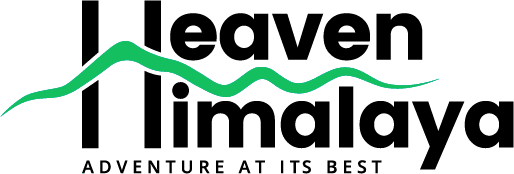
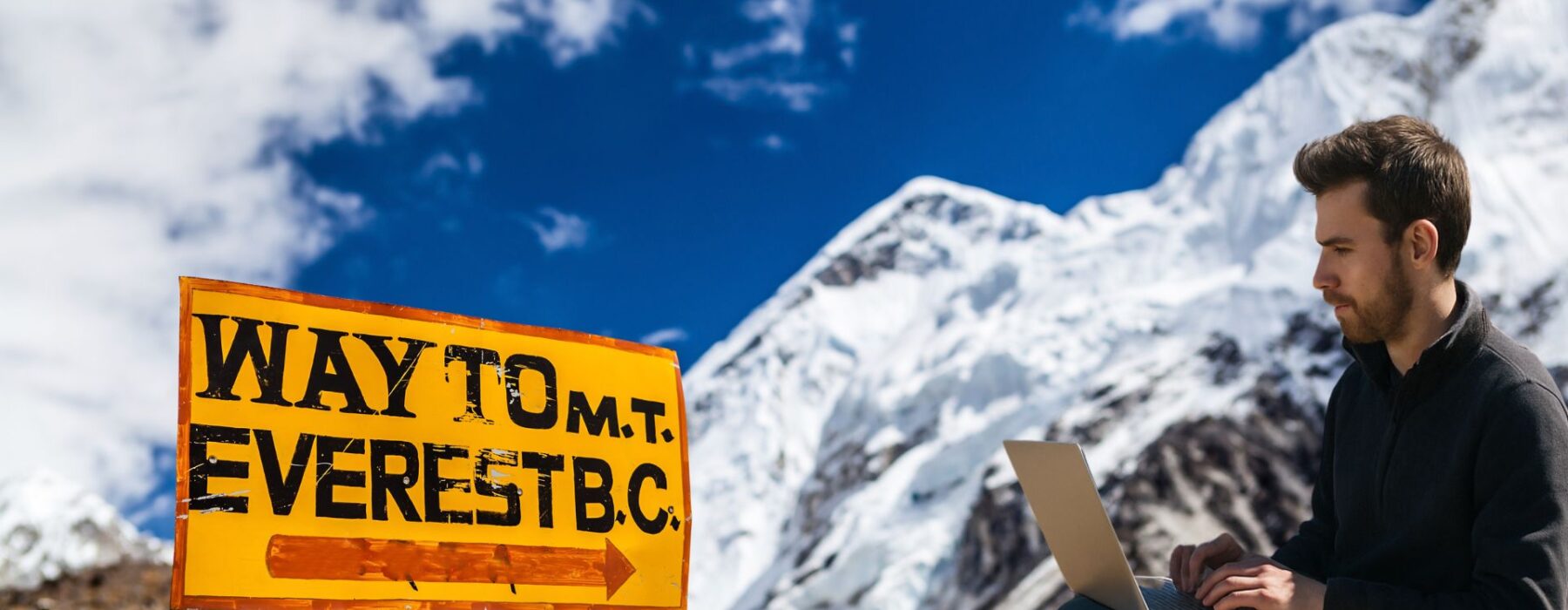

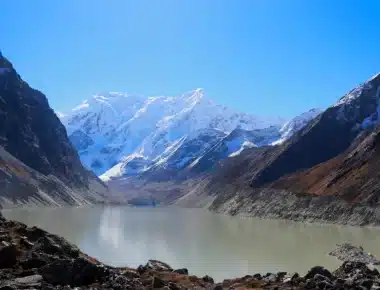
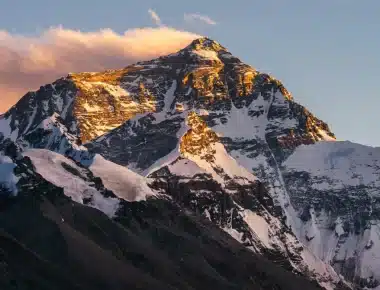
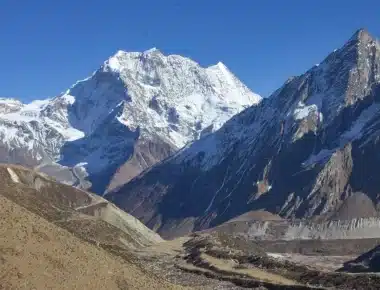
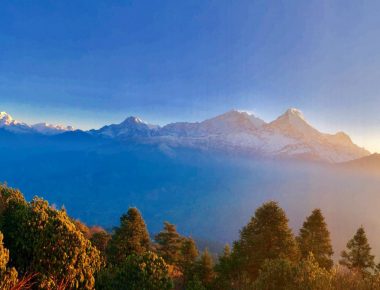

0 Comments